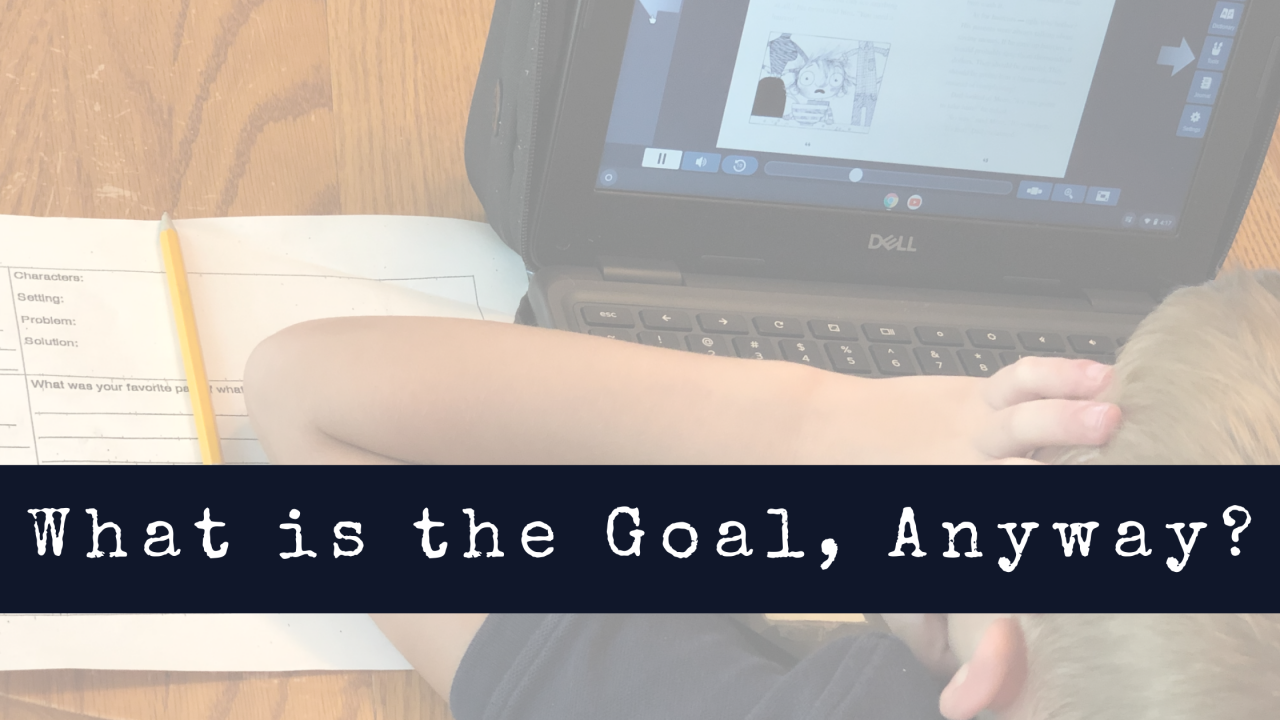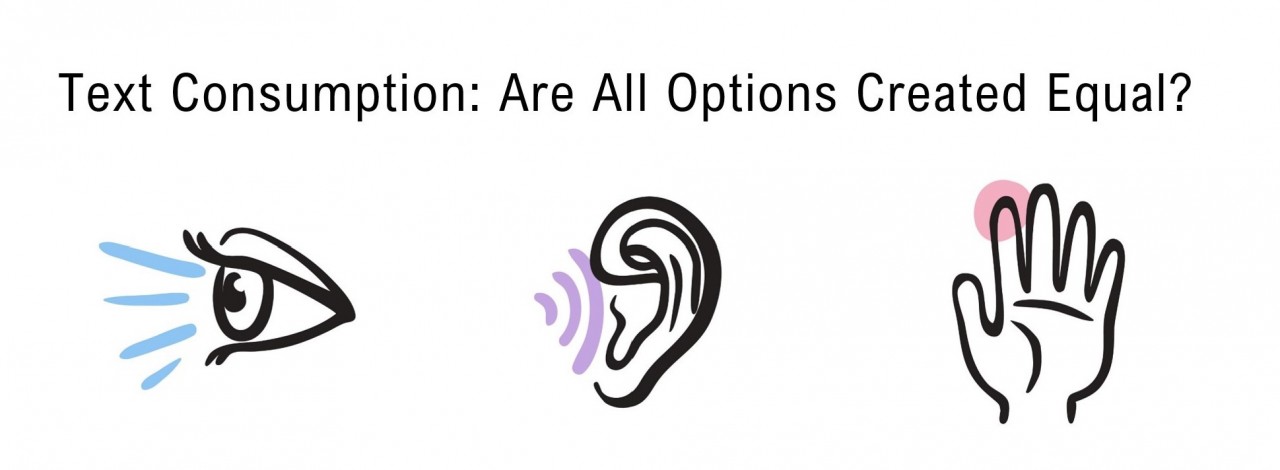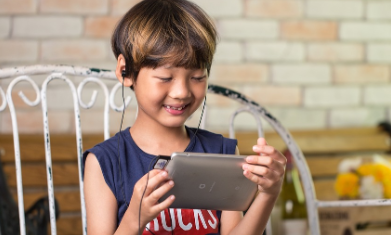When the National Instructional Materials Accessibility Standard (NIMAS) Regulations were added to the IDEA in 2004, three categories of print disabilities were indicated, which deemed a student qualified to receive accessible formats: Visual Impairment, Physical Disability, and the poorly understood Reading Disability resulting from organic dysfunction.
Say goodbye to all that. Or at least say goodbye to some very archaic-sounding language and its pairing with perplexing policy.
Finally, after seventeen years this language has been rescinded by the Library of Congress, in keeping with new amendments in the Marrakesh Treaty Implementation Act (MTIA). The changes in this policy are something to celebrate. One of the main tenets of PATINS/ICAM/IERC is the removal of barriers to learning. Now we can demonstrate that without concession. The MTIA has updated terms of who may benefit from section 121; instead of "blind or other persons with disabilities, the term is "eligible person." Then, "eligible person" is defined:
"as someone who is either blind, has a “visual impairment or perceptual or reading disability” rendering them unable to read printed works “to substantially the same degree as a person without an impairment or disability,” or has a physical disability making them unable to hold or manipulate a book or focus or move their eyes to read.
So, as you can see, the term "organic dysfunction" has been removed from the language.
Furthermore, the requirement for a medical doctor to be the only recognized competent authority for confirming a reading disability has also been changed, or you might say, expanded.
"Eligibility must be certified by one of the following: doctor of medicine, doctor of osteopathy, ophthalmologist, optometrist, psychologist, registered nurse, therapist, and professional staff of hospitals, institutions, and public or welfare agencies (such as an educator, a social worker, caseworker, counselor, rehabilitation teacher, certified reading specialist, school psychologist, superintendent, or librarian)."
Let me repeat: now, the competent authority for print disabilities is the same for all, including the addition of educators, school psychologists, certified reading specialists, and certified psychologists. So, a teacher or other named school personnel, in conjunction with the case conference, is able to confirm that a student presents any type of print disability.
Write this in big letters and post it somewhere prominent:
IF THEY HAVE (1) AN IEP, (2) A DETERMINATION OF A PRINT DISABILITY, AND (3) CONFIRMATION BY A TEACHER AS THE RECOGNIZED COMPETENT AUTHORITY, A STUDENT IS ELIGIBLE FOR AEM FROM THE ICAM.
Please don't be wary of this gift from the powers that be. When you see that a student is struggling to read, pay attention. Perform informal and research-based assessments. Screen for dyslexia. Confer with all classroom teachers who are with the student daily, and the special services providers who work with them. Document every assessment, every intervention, and every result. As stated in the IDOE 2021-22 Accessibility and Accommodations Information for Statewide Assessments (p.51), "Determining the nature of the student’s reading challenges can help determine the appropriate intervention approaches, as well as needed accommodations during classroom instruction and during assessments."
The ICAM team has created the AEM Instructional Guide and ICAM/IERC NIMAS Forms Guide for the Case Conference; see p. 6 for instructions on how to include related information in the IEP, and p.9 for AEM and AT Considerations. For another resource, consult Accessible Educational Materials in the IEP, from the Center for Applied Special Technologies (CAST).
Based on scientific, replicated research, it is widely reported that at least twenty percent of the population presents some degree or level of dyslexia. However, only about four percent of school-age students receive special education services for reading disabilities. Some students will respond to Response to Intervention (RTI) that is required by Indiana's SB 217, the state's dyslexia law, without the need for special education services. Some will not. Now we can close this gap, and open the door to literacy.
"By not recognizing shades of gray represented by struggling children who haven't yet failed enough to meet a particular criterion, schools may be under-identifying many children who will go on to experience significant reading problems." This is from Overcoming Dyslexia by Dr. Sally Shaywitz, a book all teachers should have in their toolkit. Also, it is available from the PATINS Lending Library.
If you would like to discuss these significant changes and how they may impact students, and the AEM decision-making process, or information on a tool found in one of these resources, please feel free to contact me or one of the PATINS/ICAM specialists.
Thanks so much!




